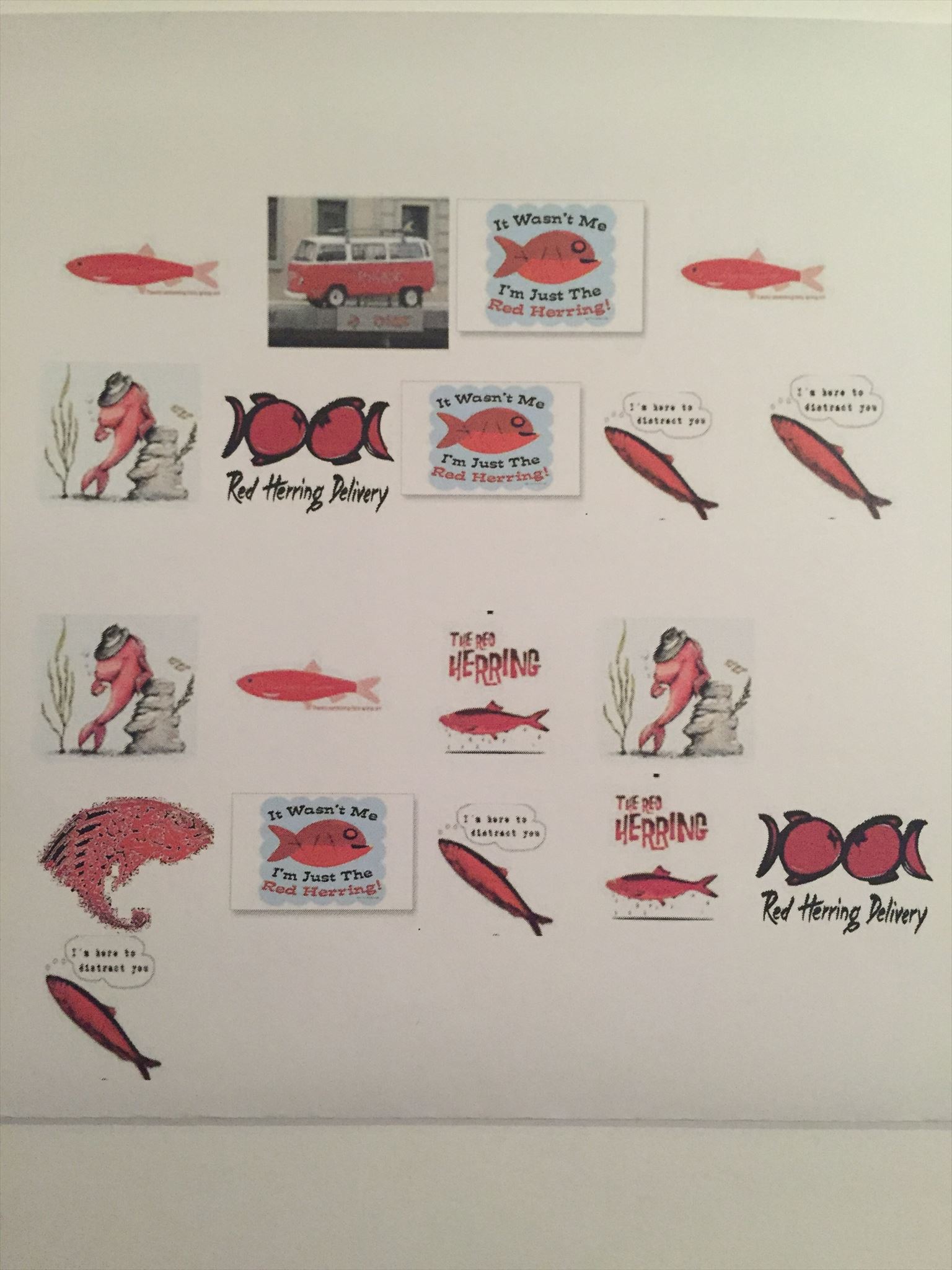Stanley is a town on the north-west coast of Tasmania. It is the second-last major township on the north-west coast of Tasmania, Smithton being the larger township in the Circular Head municipality.
Stanley was named after Lord Stanley, who later had three terms of office as British Prime Minister.
A port opened in 1827 and the first school opened in 1841. Stanley officially became a town in 1842 and by 1843 more than 8,000 acres had been sold or leased to almost 70 people.
The Post Office opened on 1 July 1845 and was known as Circular Head Post Office until 1882. In 1880, the first coach service between Stanley and Burnie was established.
In 1936, a submarine telephone cable from Apollo Bay (Victoria) to Stanley provided the first telephone link to Tasmania from the mainland.
The most distinctive landmark in Stanley is The Nut, an old volcanic plug discovered by the explorers Bass and Flinders in 1798, who named it Circular Head. It has steep sides and rises to 143 metres with a flat top. It is possible to walk to the top of The Nut via a steep track or take the easy way via a chairlift.
Today Stanley is a tourist destination and the main fishing port on the north-west coast of Tasmania.
Stanley wharf is likely the most popular recreational fishing spot on the north-west coast. It boasts good catches of snotty trevally (blue warehou), Australian salmon, couta, mullet, leatherjacket, squid and even the odd yellowtail kingfish, snapper and shark. The snotty trevally which visits this area from December through to April can be most productive. It is not uncommon to see anglers shoulder to shoulder on the wharf. The trevally run along the edge of the wharf in large schools, multiple hook ups can see 20 or 30 anglers all hooked up at once, making it very interesting when it comes to landing these fish.
A strong rod 2.5-3.5m long with a reasonably light tip is very effective, especially if you want to catch the red herrings in this area. Other fishing around Stanley include Godfrey’s Beach on the northern shore, where good catches of Australian salmon, flathead and even tailor are caught both from the beach or rocks.
East and Western inlets are also popular fishing places. Since the ban on netting in these spots, fishing has improved, with Australian salmon, flounder, couta, pike, gummy shark and BIG flathead being the main targets. Spinning or bait fishing for
these particular species on the incoming tide is popular.
The Cache is not located at the published coordinates.
You will find the cache at: 

You can validate your puzzle solution with certitude.
BYO Pen
Well done to whitewebbs for FTF and congratulations on being the first team to complete "The Map of Tassie".